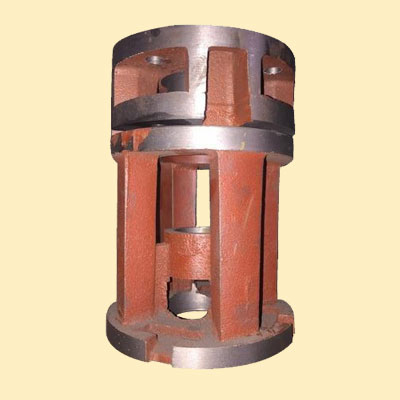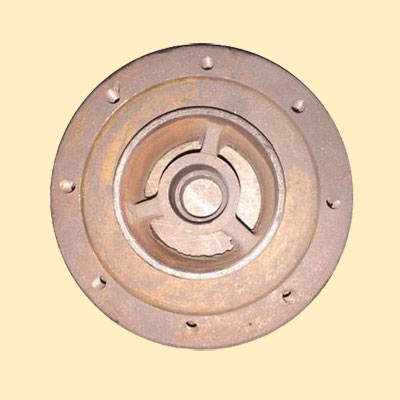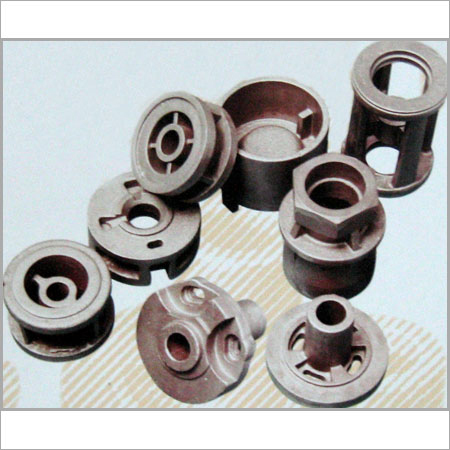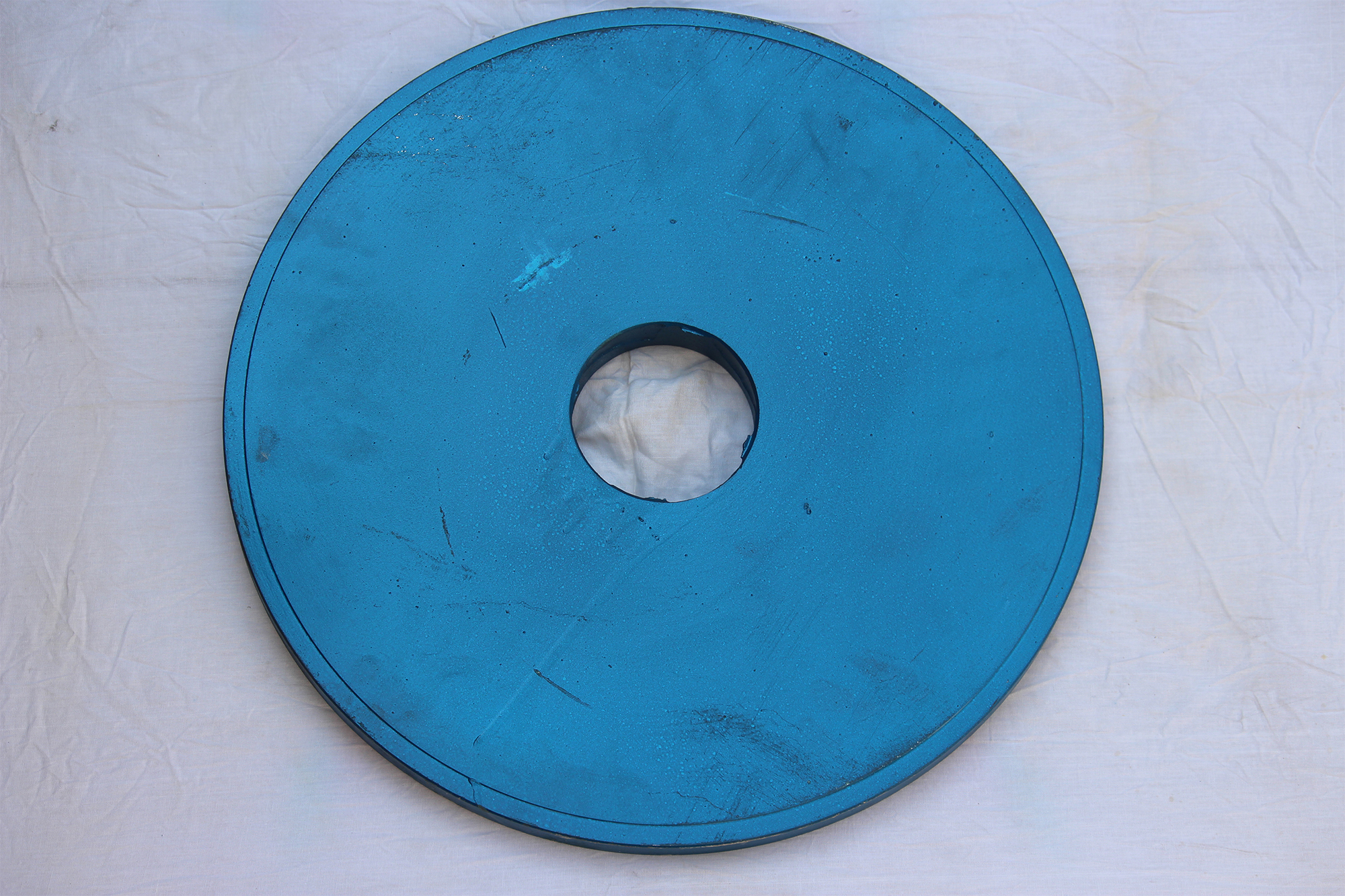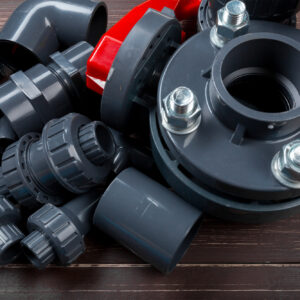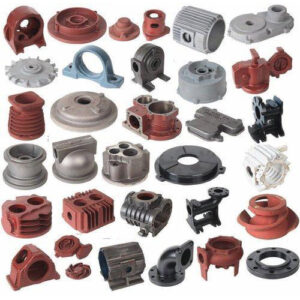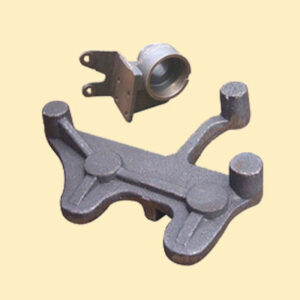Submersible pumps are devices designed to be fully submerged in water or other liquids for pumping purposes. The casting process is commonly used in the manufacturing of various components of submersible pumps, including the pump housing or body. The casting method chosen depends on factors such as the material requirements, design complexity, and production volume.
Description
Here’s an overview of how submersible pump casting typically takes place:
Design and Pattern Making:
The first step involves designing the pump body or housing. This design is then used to create a pattern, which is a replica of the final part.
The pattern can be made of various materials, such as wood, plastic, or metal, and it represents the shape and dimensions of the pump body.
Mold Creation:
The pattern is used to create a mold. In the case of submersible pump casting, the mold is typically made of sand or another refractory material.
The pattern is placed in a casting flask, and the mold material is packed around it. The mold is then cured to create a cavity in the shape of the pump body.
Melting and Pouring:
The chosen metal, often a corrosion-resistant material like stainless steel or cast iron, is melted in a furnace.
Once the metal is molten, it is poured into the mold cavity created by the pattern. The molten metal fills the space left by the pattern, taking the shape of the submersible pump body.
Cooling and Solidification:
After pouring, the molten metal cools and solidifies inside the mold. The cooling time can vary depending on the size and thickness of the casting.
Proper solidification is crucial to ensure the desired material properties and structural integrity of the submersible pump body.
Casting Removal and Finishing:
Once the metal has solidified, the casting is removed from the mold. Excess material, known as the casting gate or sprue, is typically removed.
The cast submersible pump body may undergo additional processes, such as machining, surface finishing, and coating, to meet the required specifications and quality standards.
The submersible pump casting process is crucial in producing durable and efficient pump bodies capable of withstanding the challenging conditions of being submerged in water. The corrosion resistance of the materials used in casting is particularly important to ensure the longevity of the submersible pump in various applications, including water supply, drainage, and irrigation.

